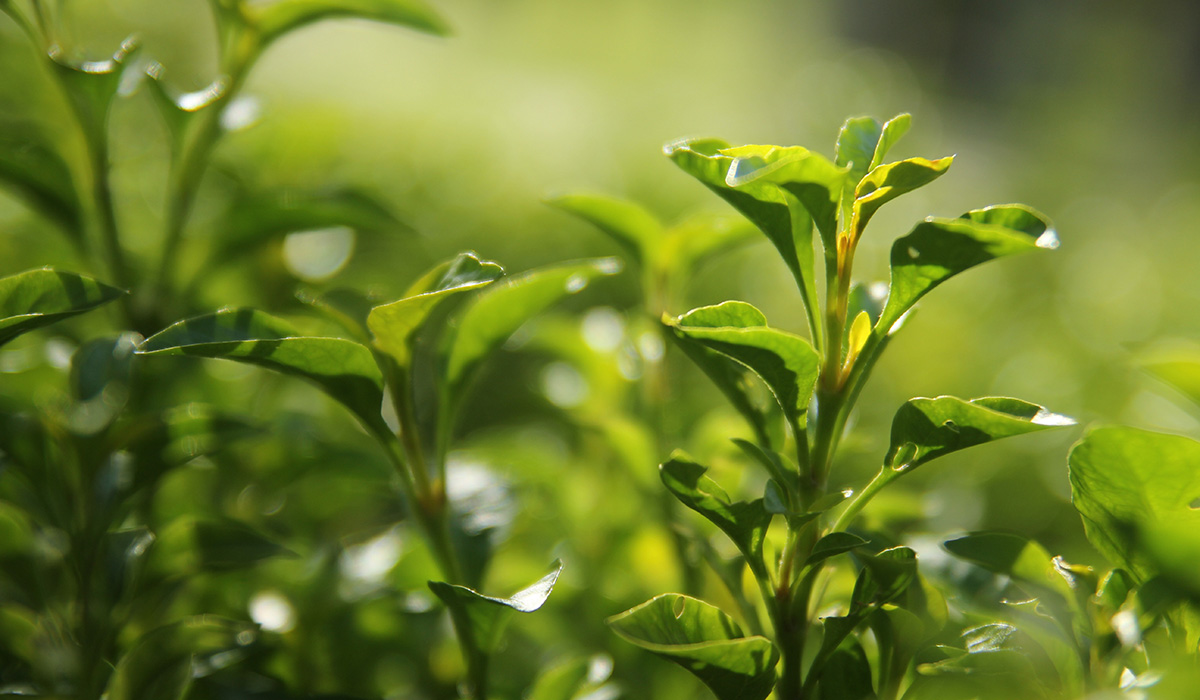Yellow tea, an intriguing and often overlooked category, carries a captivating story waiting to be unraveled. In this comprehensive guide, we will delve into the origins of yellow tea, discover its diverse varieties, and equip you with valuable brewing tips. Join us on this aromatic journey as we explore the secrets and appreciate the unique qualities of yellow tea. Share your favorite yellow tea experiences in the comments below!
Origins and Rarity:
Delve into the Mystique of Yellow Tea: Origins and Rarity
Primarily originating from China’s Anhui, Sichuan, and Hunan provinces, yellow tea’s precise historical origins remain shrouded in mystery. Its profound ties to Chinese tea culture make it a noteworthy treasure. However, the intricate and time-intensive production process has led to a decline in popularity. As Western markets favor easily made green tea, yellow tea’s production has become scarce, resulting in a dearth of skilled tea masters adept in their craftsmanship.
Noteworthy Varieties:
Embark on a Journey of Flavor: Noteworthy Yellow Tea Varieties
Jun Shan Yin Zhen: Discover the Darker Delight of Silver Needle’s Cousin
Cultivated amidst the mist-covered Jun Shan Island in Hunan Province, Jun Shan Yin Zhen mesmerizes with its distinct character. Embrace its unique growing conditions and savor the essence of this darker yellow tea variety.
Meng Ding Huang Ya: Unveiling the Green Brilliance of Meng Ding Huang Ya
Originating from Sichuan Province, Meng Ding Huang Ya entices with its tender buds, gently flattened and adorned with a vibrant green hue. Explore the lushness of this captivating yellow tea variety.
Huo Shan Huang Ya: A Tale of Visual Deception and Tea’s Splendor
Hailing from Anhui Province, Huo Shan Huang Ya often confuses tea enthusiasts with its resemblance to Huang Shan Mao Feng, a neighboring green tea. Delight in its visual allure, featuring one bud or one bud and two leaves.
Processing and Flavor Profile:
Unlock the Elixir’s Essence: Processing and Flavor Profile of Yellow Tea
Similar to white tea, yellow tea undergoes a delicate oxidation process. After plucking, the leaves are carefully withered before undergoing the crucial “fixing” or “kill green” step to halt oxidation. Traditionally, this involves pan-firing the leaves, reminiscent of green tea processing. However, what sets yellow tea apart is the subsequent wrapping of the leaves in materials like paper or cloth. This gentle process allows for slow oxidation, preserving the tea’s temperature and complexity. This intricate procedure may span several days to complete a single batch.
The refined oxidation of yellow tea yields a distinctive flavor profile. Renowned for its smoothness and lesser grassy notes compared to green tea, yellow tea unveils a delightful buttery texture that adds depth to its character. Immerse yourself in its captivating aroma, lingering with every sip.
Brewing Techniques:
Master the Art of Brewing: Techniques for Yellow Tea
To unlock the full potential of yellow tea, embrace the art of brewing. Follow these expert tips to savor its exquisite flavors:
- Optimal Water Temperature: Set the stage for brewing success by using cooler water around 175°F (79°C). This temperature brings out the finest qualities of yellow tea.
- Shorter Infusion Times: Embrace the art of patience and allow yellow tea to infuse for shorter durations. Aim for 2 to 3 minutes when employing a Western-style brewing method.
- Visual Splendor in Glass: Enhance your brewing experience by selecting glass vessels. Witness the graceful dance of yellow tea leaves as they release their enchanting flavors. Glass vessels also prevent excessive heat retention, ensuring a perfect tasting experience.
- Precise Measurements: For consistent results, it is recommended to weigh the tea leaves rather than relying on teaspoons, which can vary in size. Aim for approximately 2 to 2.5 grams of tea leaves per 8 ounces of water when using the Western-style brewing approach.
- Gongfu-Style Brewing: For a more immersive and concentrated experience, explore the gongfu-style brewing method. Adjust the leaf-to-water ratio to approximately 4 to 6 grams per 100 milliliters, and keep the infusion times brief, around 30 seconds. Feel free to customize the brewing parameters according to your personal taste preferences.
- Grandpa Style Delight: Embrace simplicity and enjoy yellow tea “grandpa style.” Place a small amount of leaves at the bottom of your cup and add hot water. As you sip, observe the leaves gracefully infusing, offering a nuanced and evolving flavor profile.
Discover the World of Yellow Tea:
Embark on a Journey of Yellow Tea Exploration
Now it’s time for you to embark on your own yellow tea adventure! Have you savored the delights of yellow tea? Share your favorite varieties or brands that have captivated your senses in the comments section below. Let’s create a vibrant discussion as we collectively celebrate the wonders of yellow tea!
In conclusion:
Yellow tea reveals a world of beauty and complexity, captivating tea connoisseurs with its rich history and intricate production process. Despite its rarity and lesser-known status, yellow tea holds a special place in the realm of tea appreciation. By understanding its origins, exploring its diverse varieties, and mastering the art of brewing, you can unlock the full potential of this extraordinary beverage. Raise your cup and toast to the captivating beauty of yellow tea!



Leave a Reply
You must be logged in to post a comment.